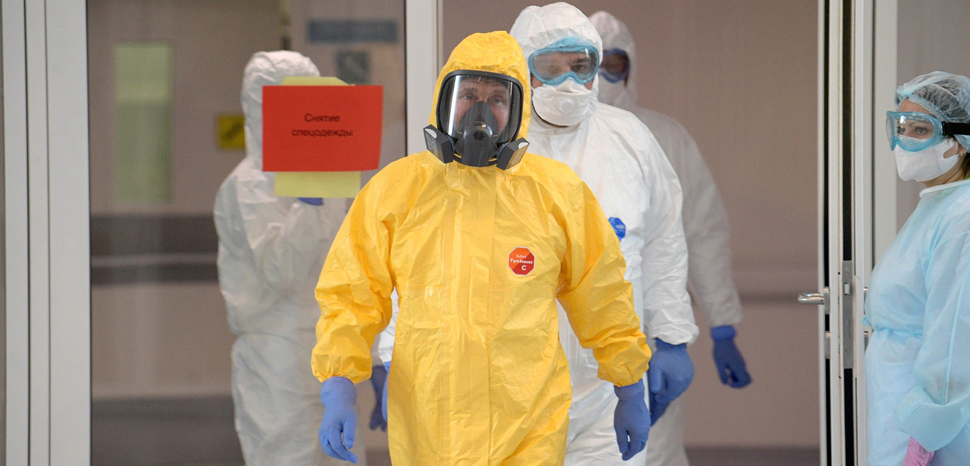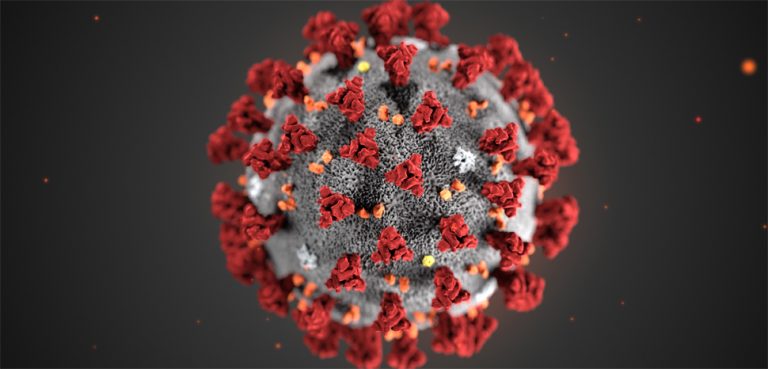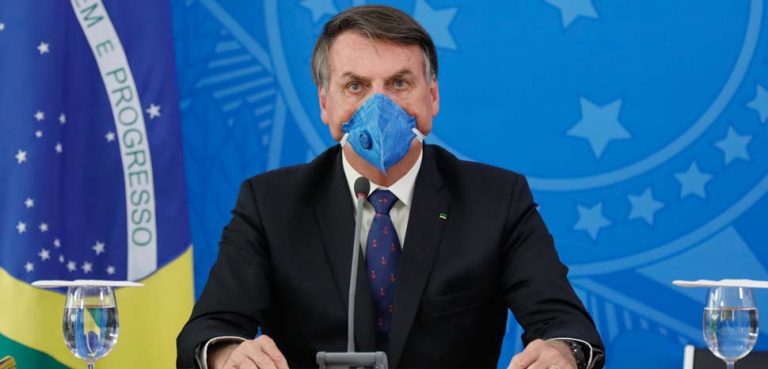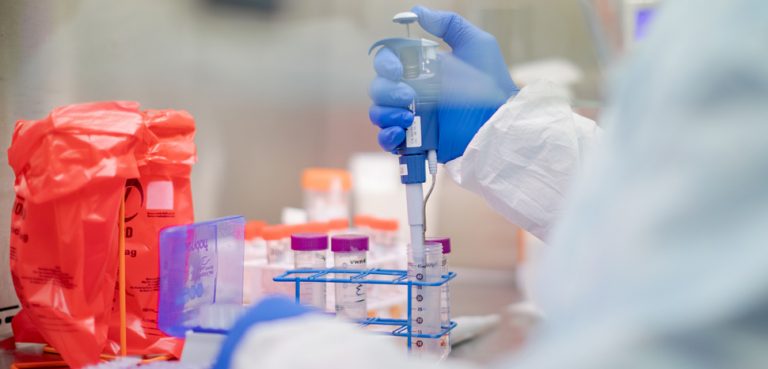The first cases of COVID-19 in Russia were contained successfully after closing the border with China in January. But after March 2020 there was a resurgence of COVID-19 cases, originally linked to Russian tourists returned home from Italy as the disease began to spread in Europe. As of June 11, 2020, there have been 502,436 cases in Russia, with 6,532 total deaths. As a response to the increase of new cases mid-March, the Russian government finally implemented domestic and international travel restrictions, work leave periods until mid-May, and other self-isolation measures. In Moscow (home to the most cases in Russia), quarantine measures were especially stringent. For example, the capital saw the introduction of digital passes requiring online registration before individuals could leave their homes. During the lockdown period, the government aimed to prepare for the reopening of Russia by building sixteen additional hospitals across all regions of Russia, increasing spending for hospital staff and distributing new medical equipment.
Russian President Vladimir Putin announced that the work ban will be lifted and coronavirus lockdown eased as of May 12th, 2020. Although large public events remain banned and “strict sanitation demands” are mandatory, Putin expressed that it is in everyone’s interest for the economy “to return to normal quickly.” According to the official narrative, the current tide of COVID-19 cases has seen a steady decline in new inflections and fatalities. However, there has been public speculation that the Russian Health Ministry has been underreporting deaths in order to justify the country’s reopening.




